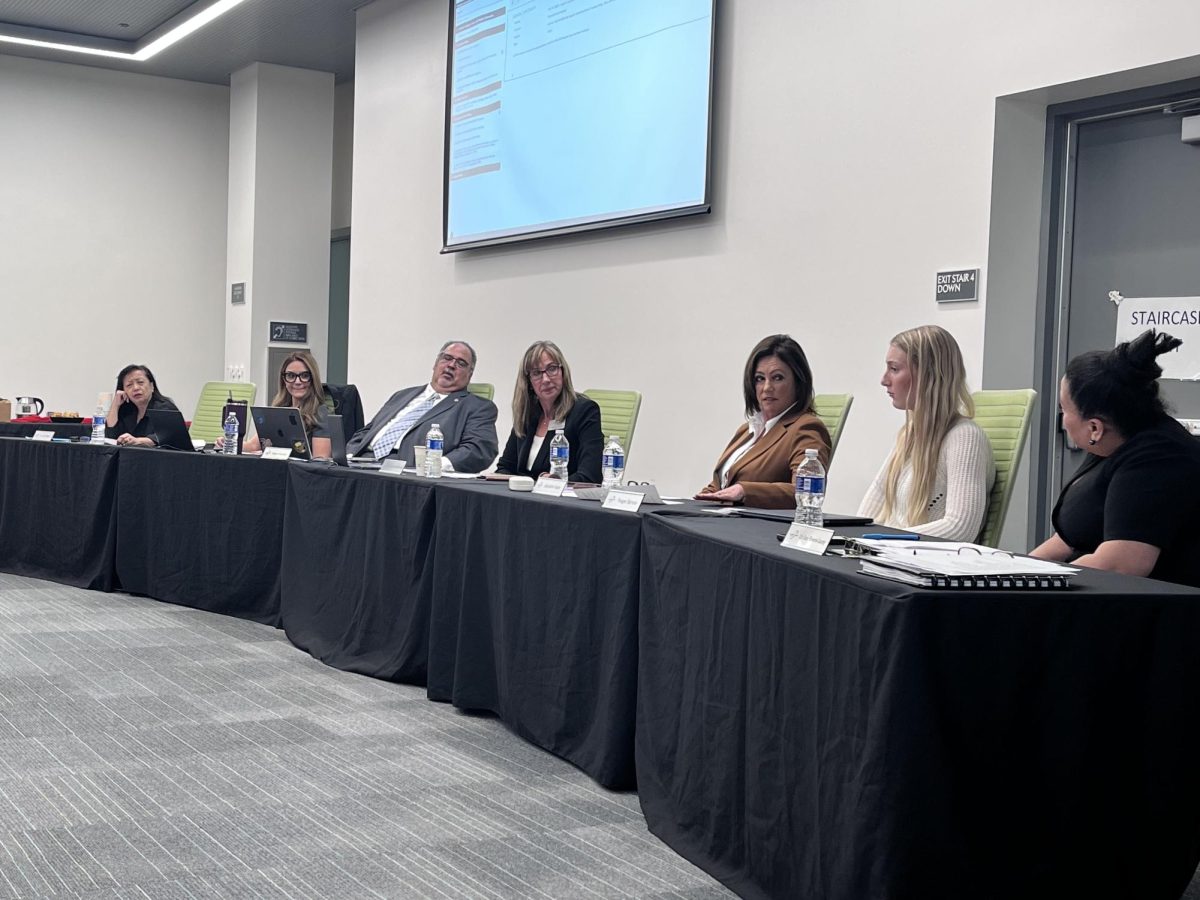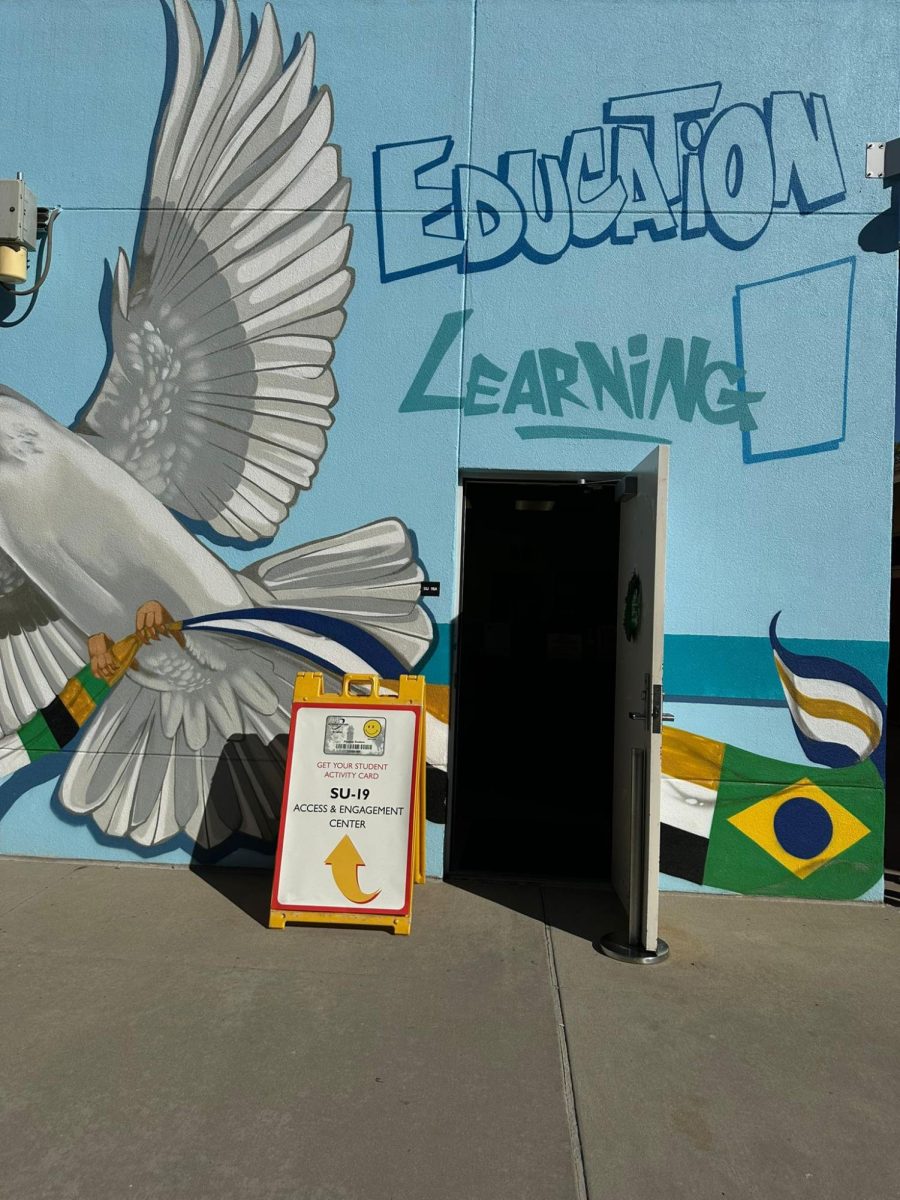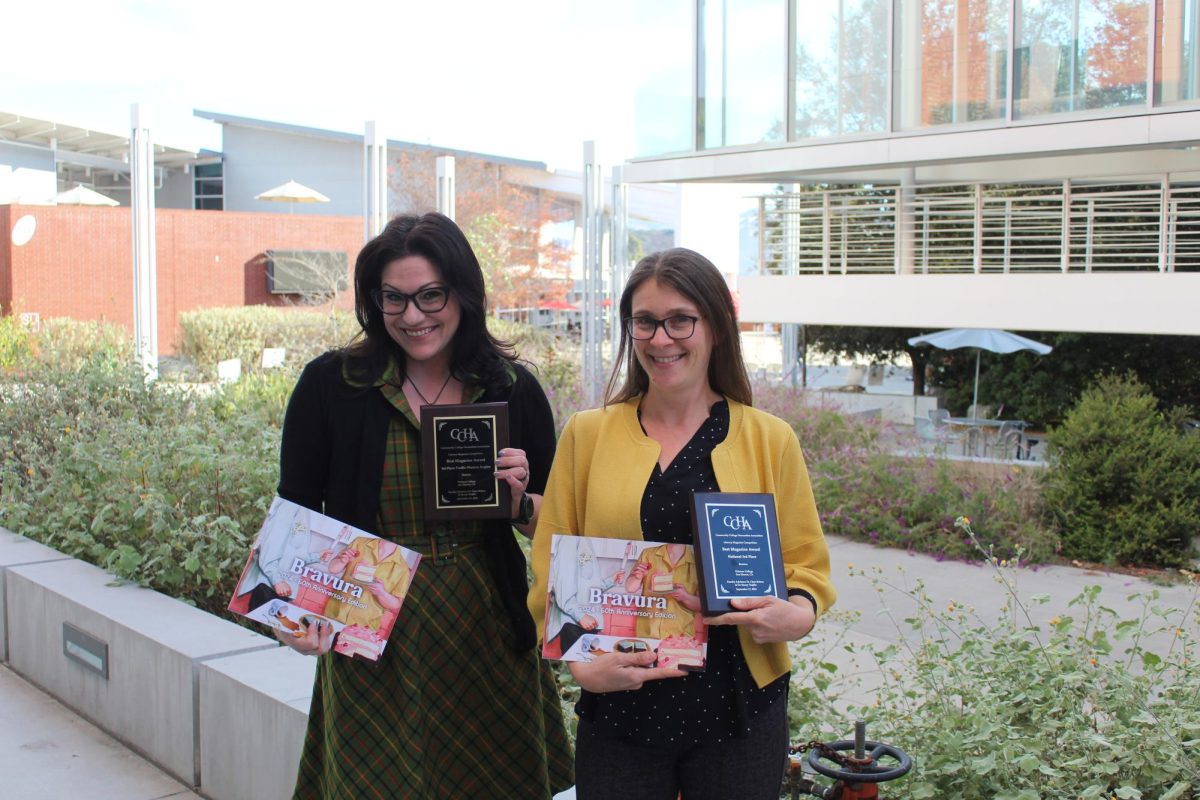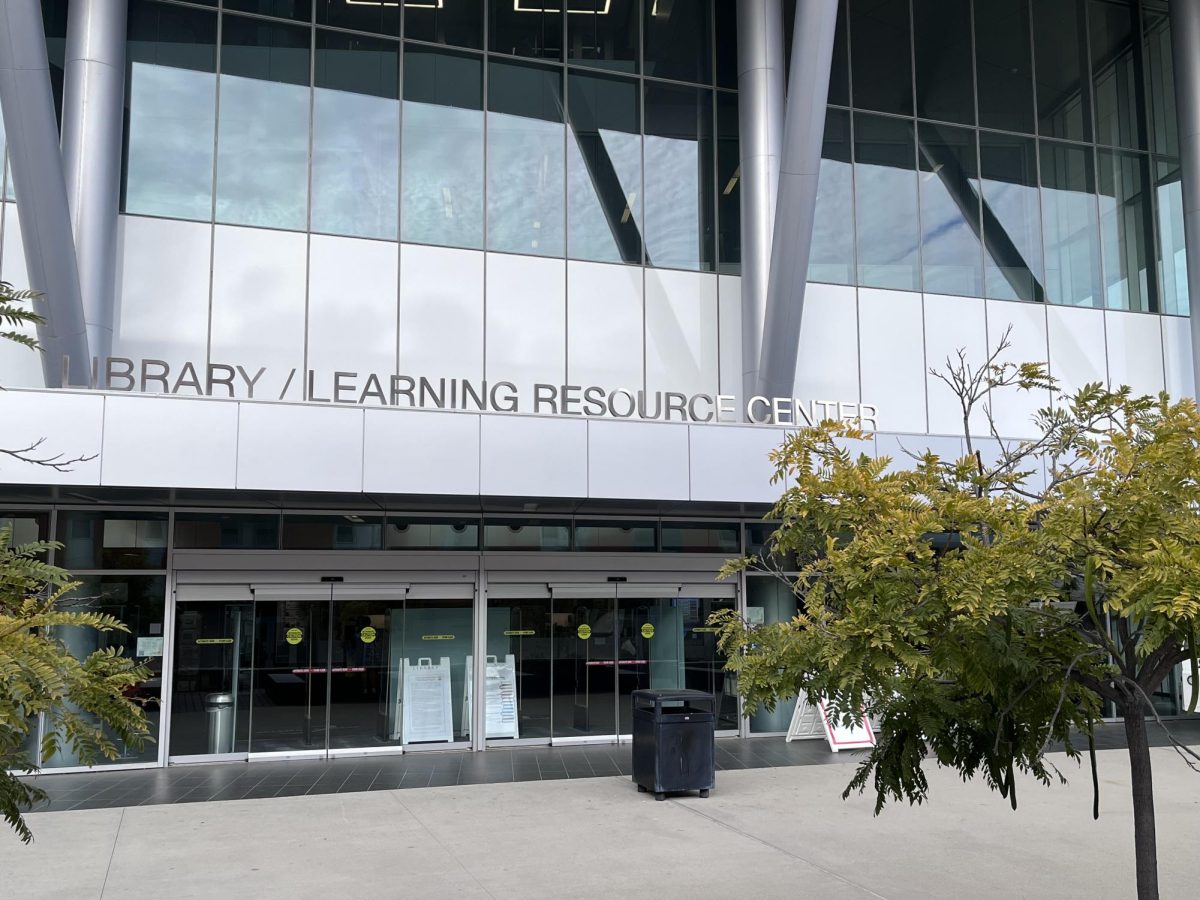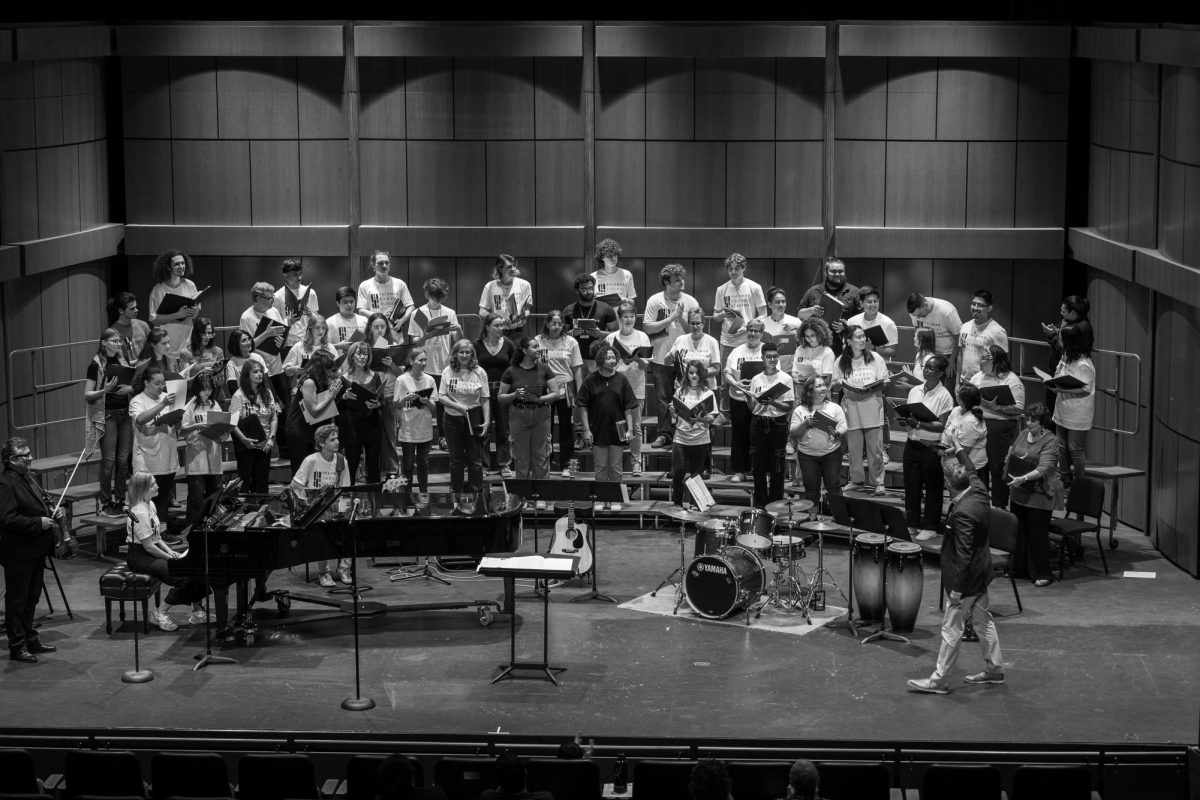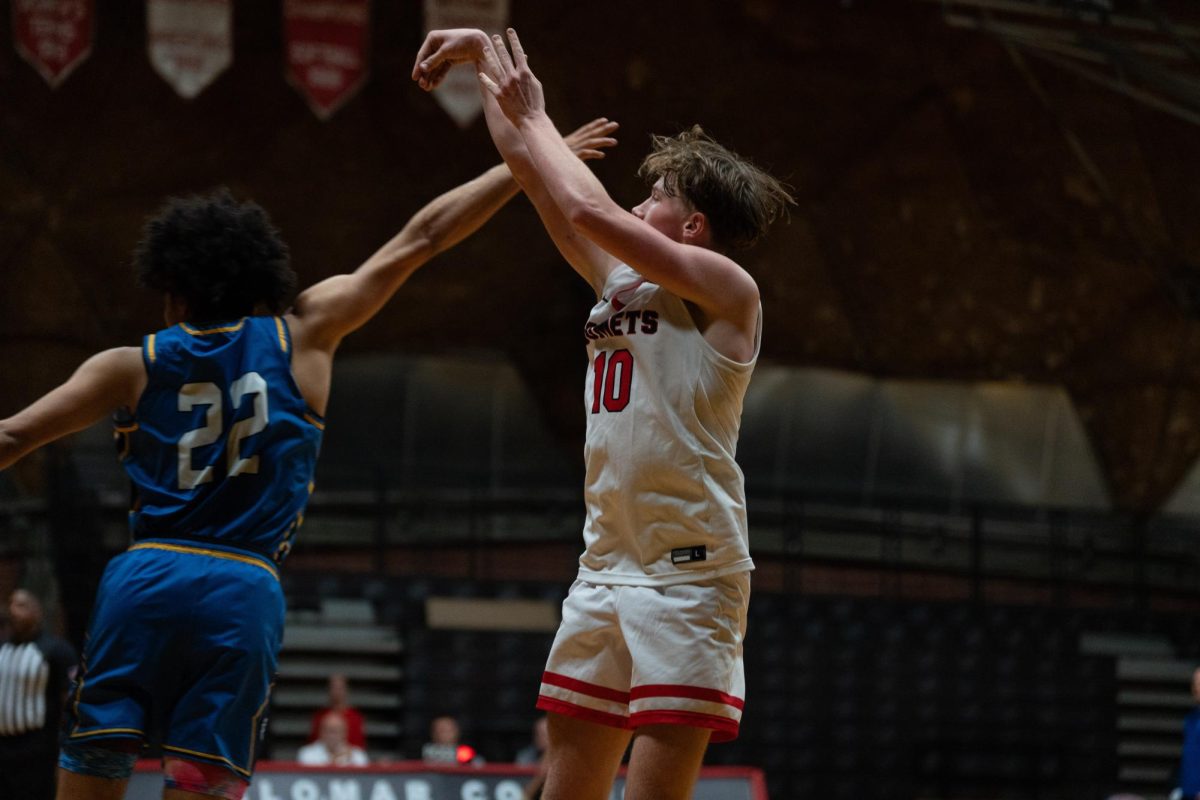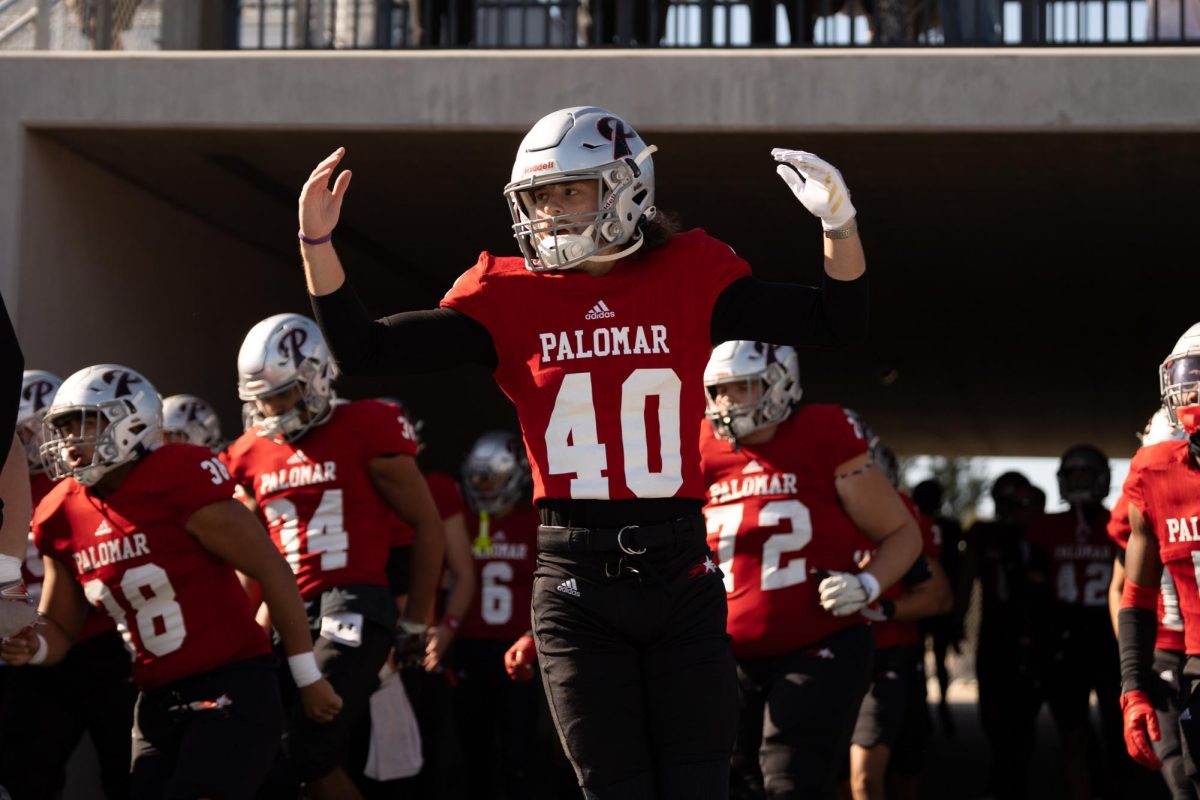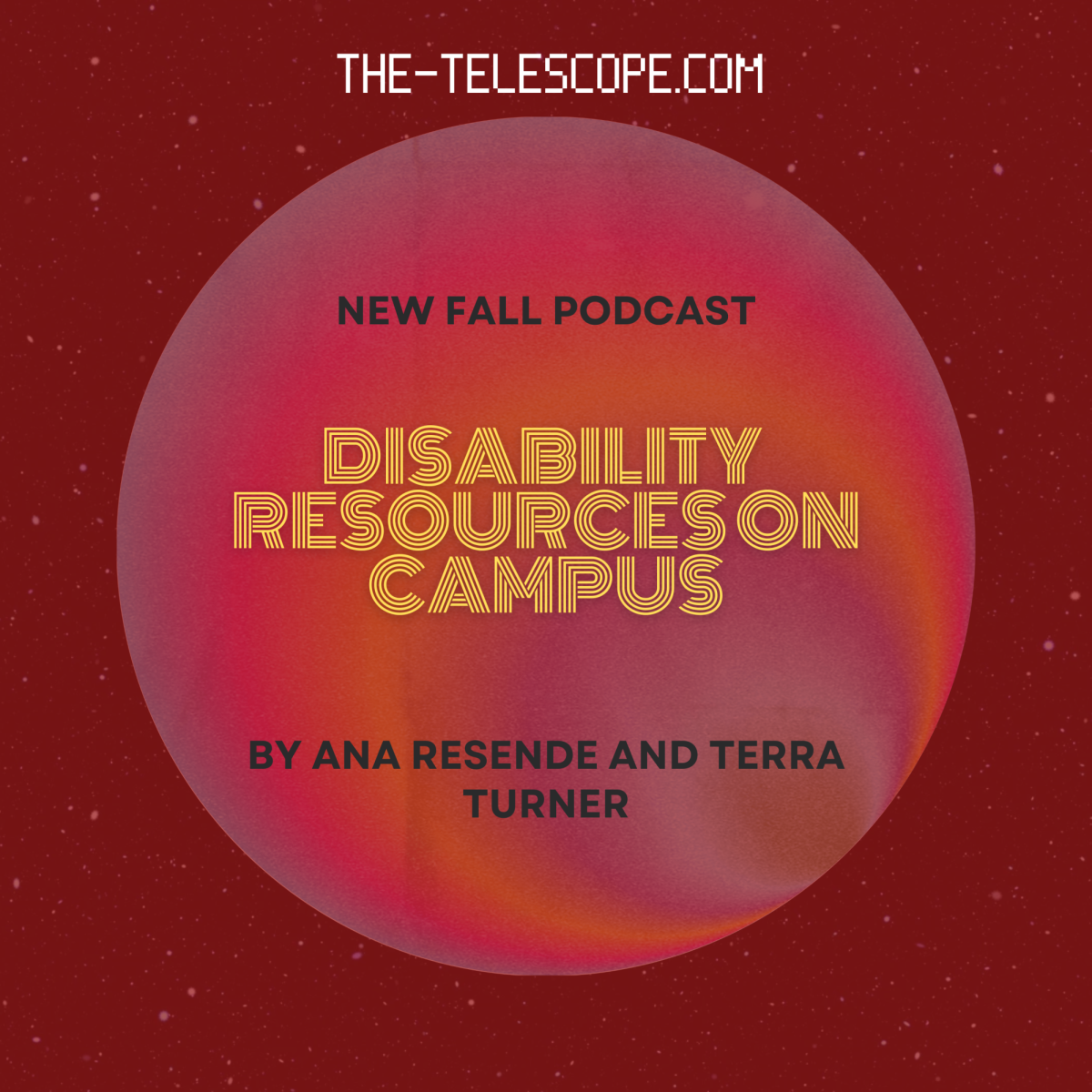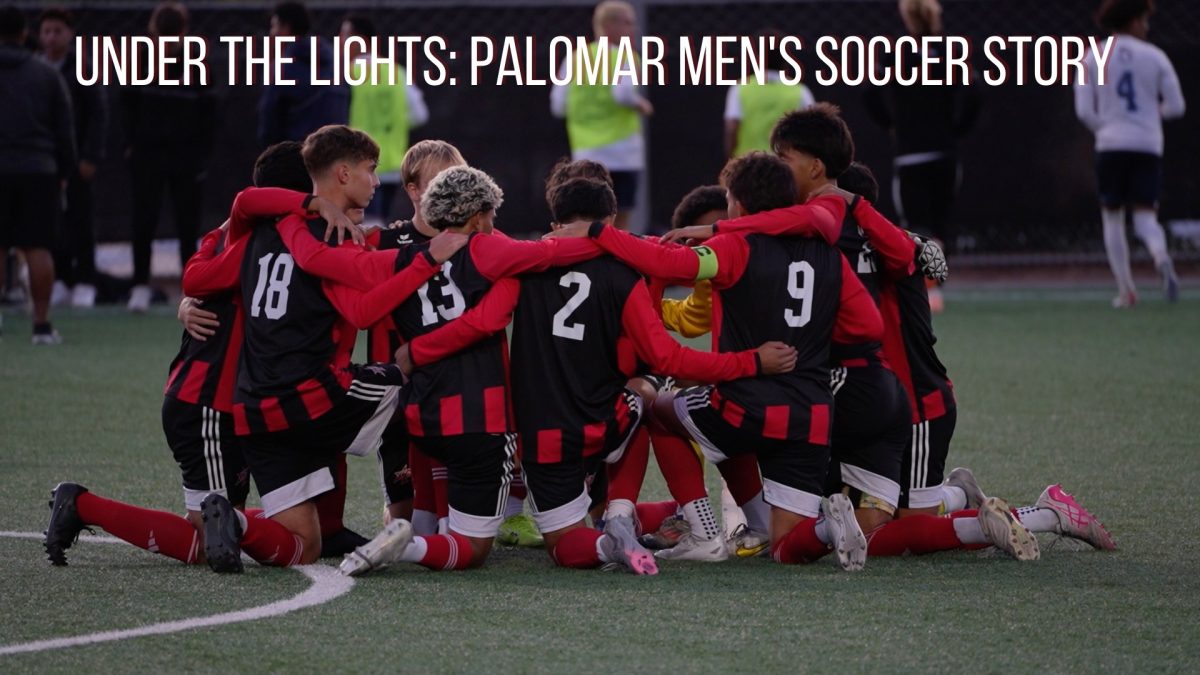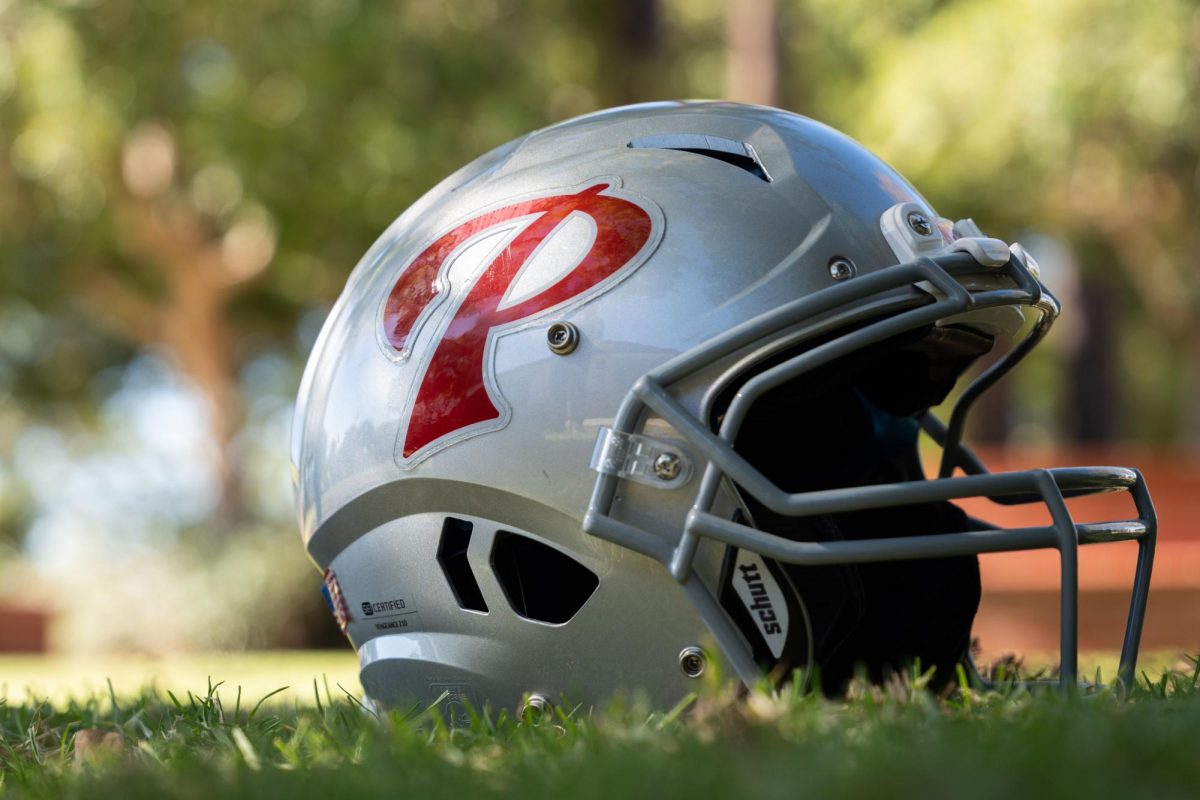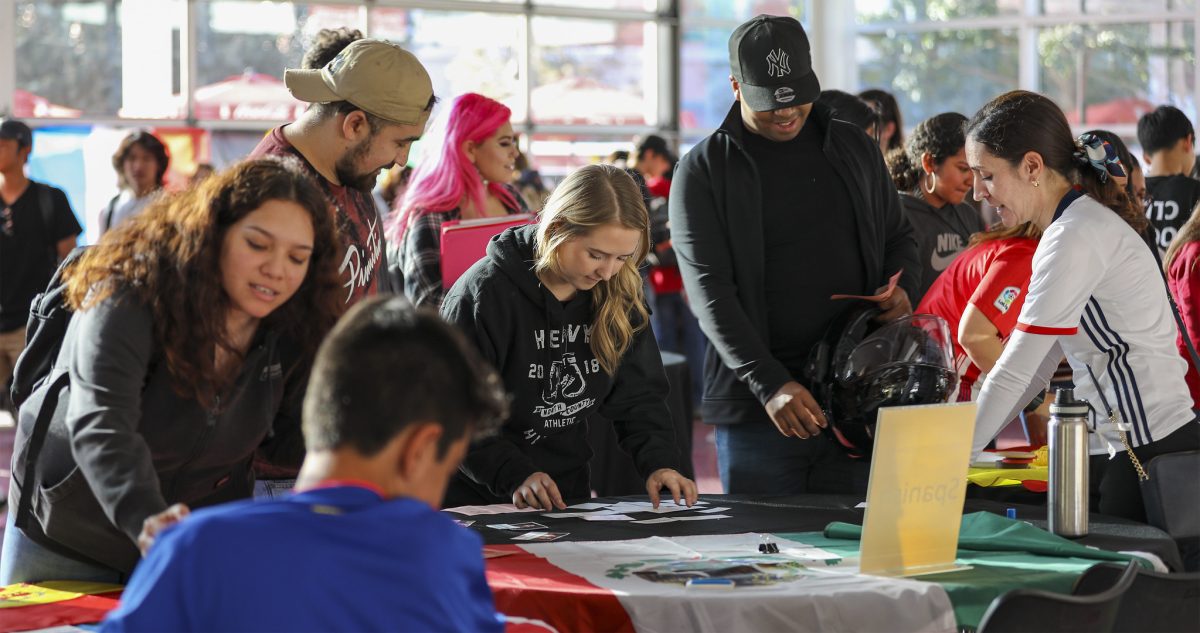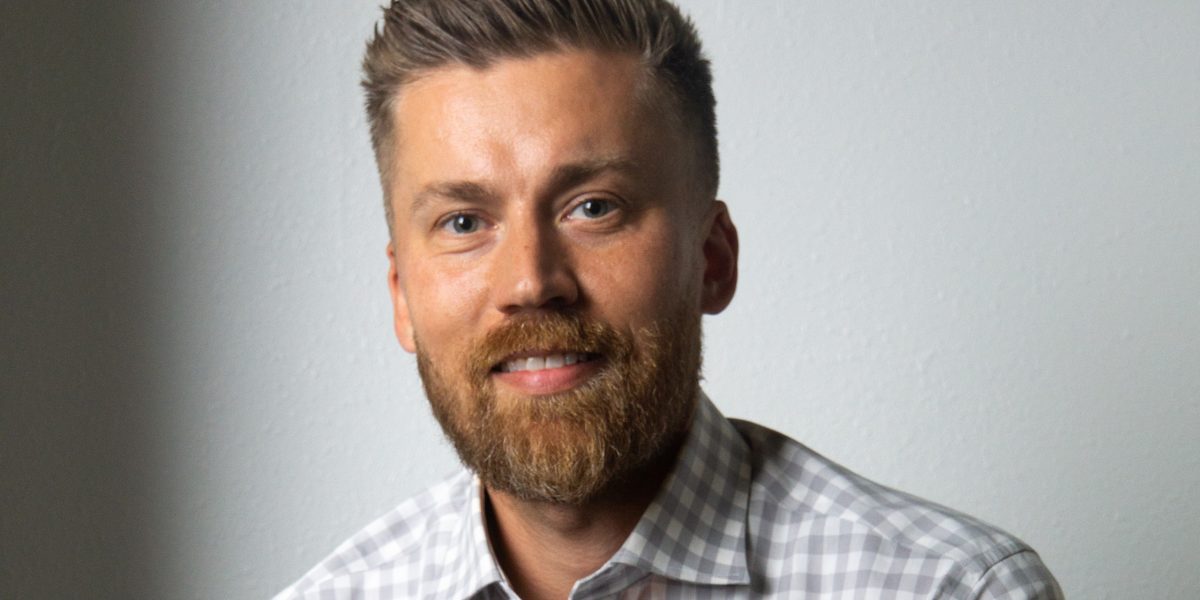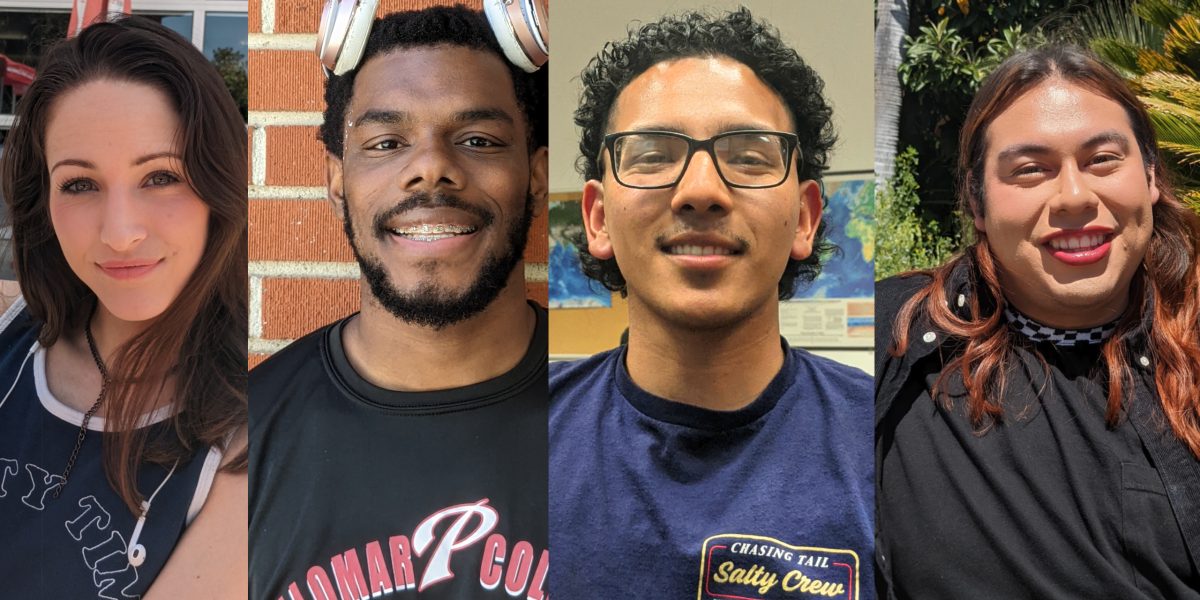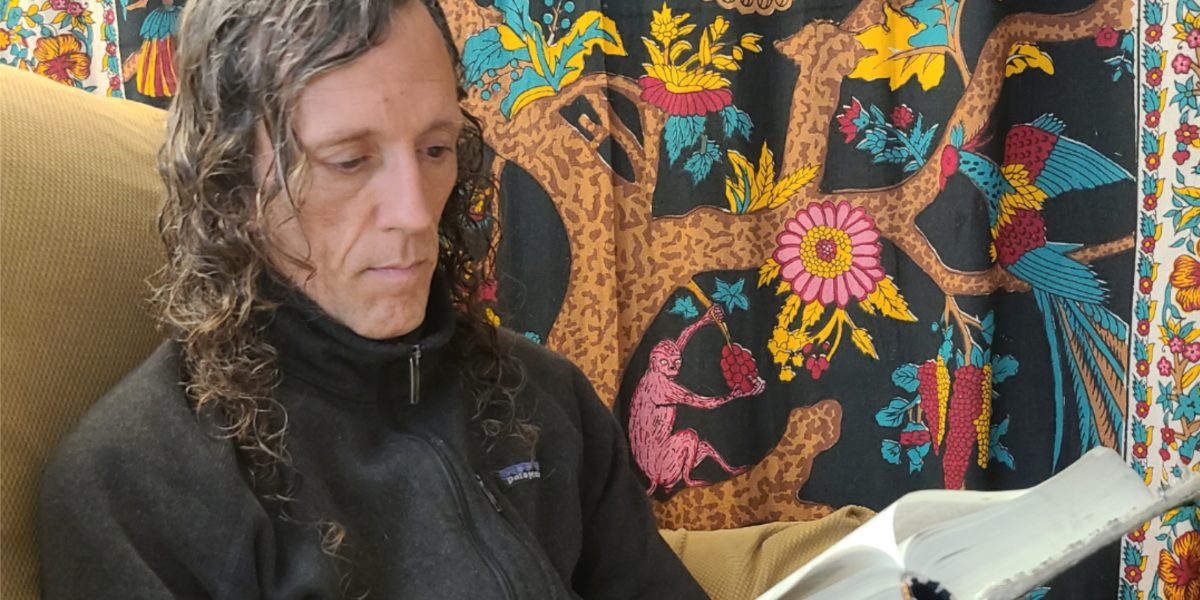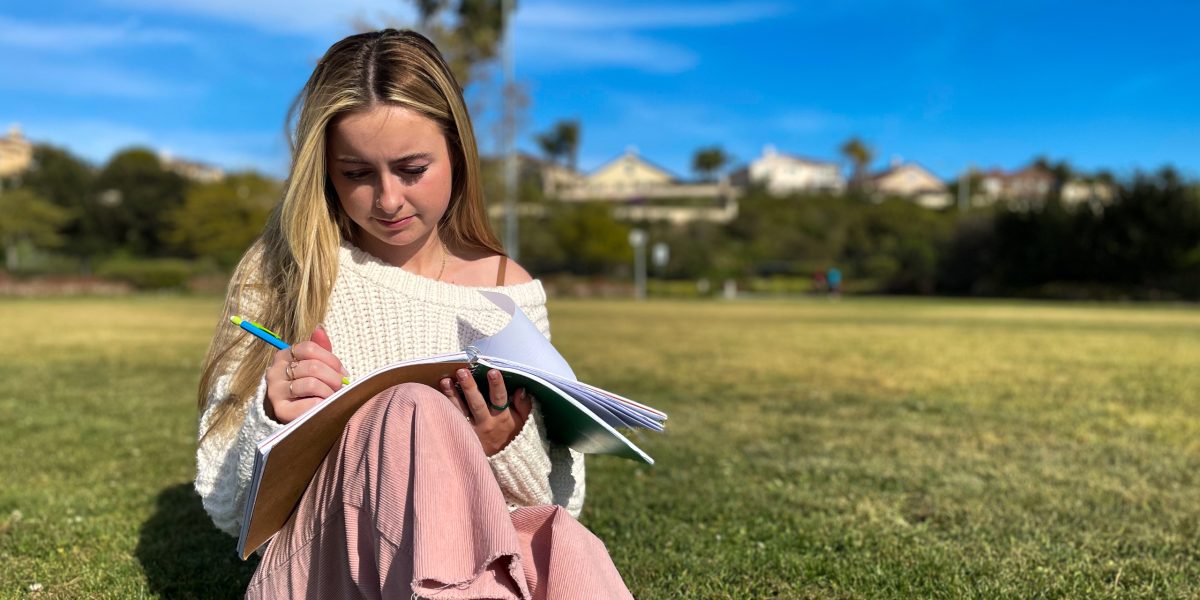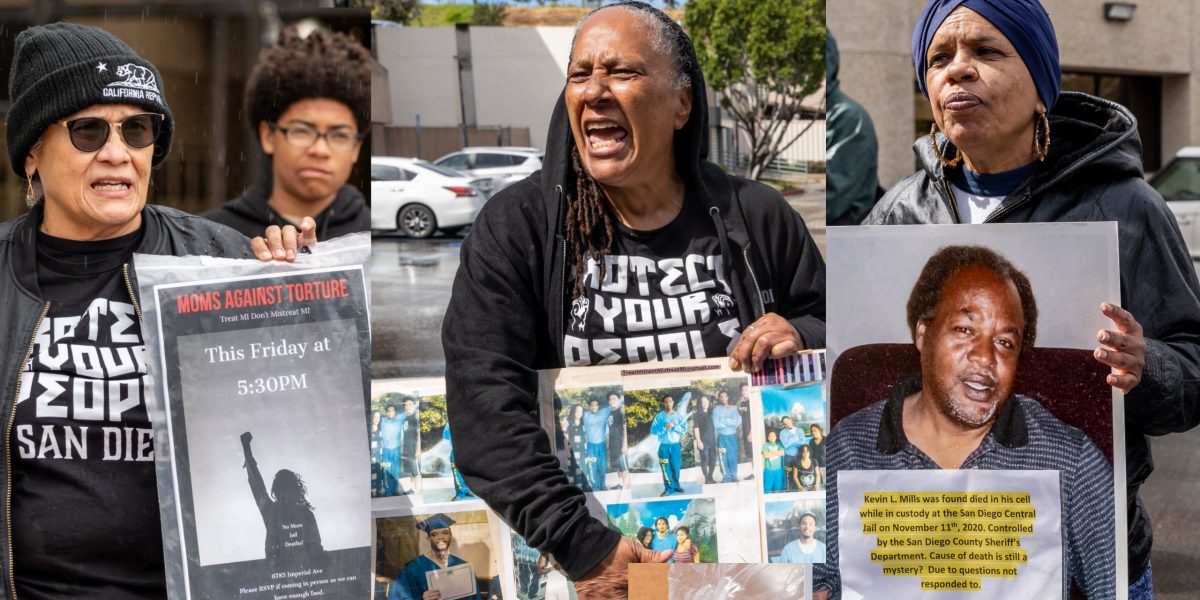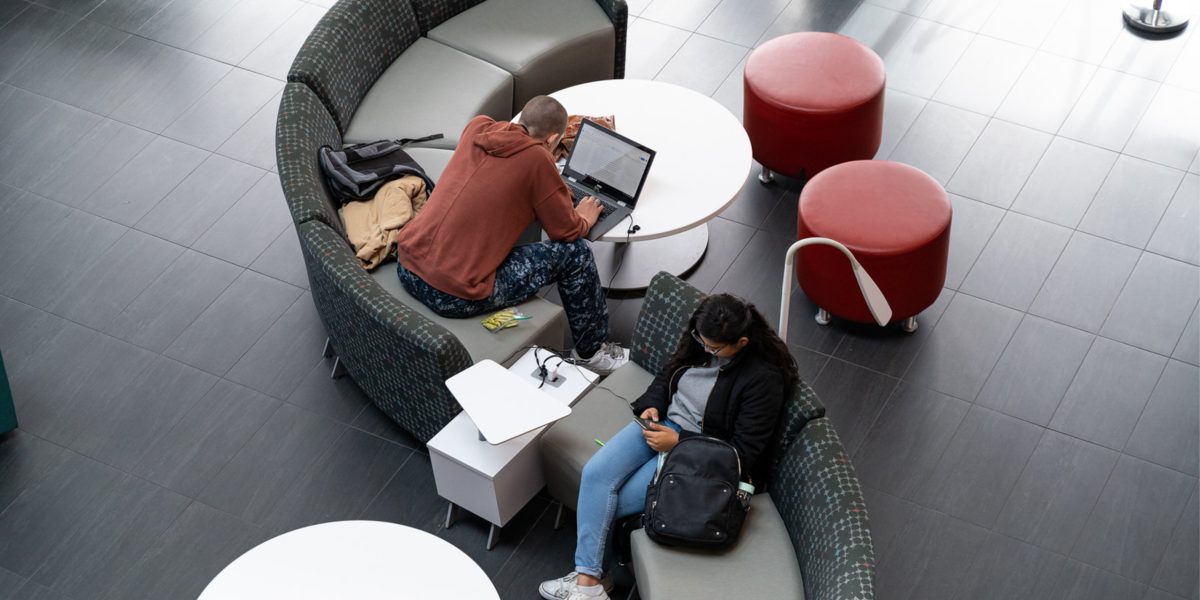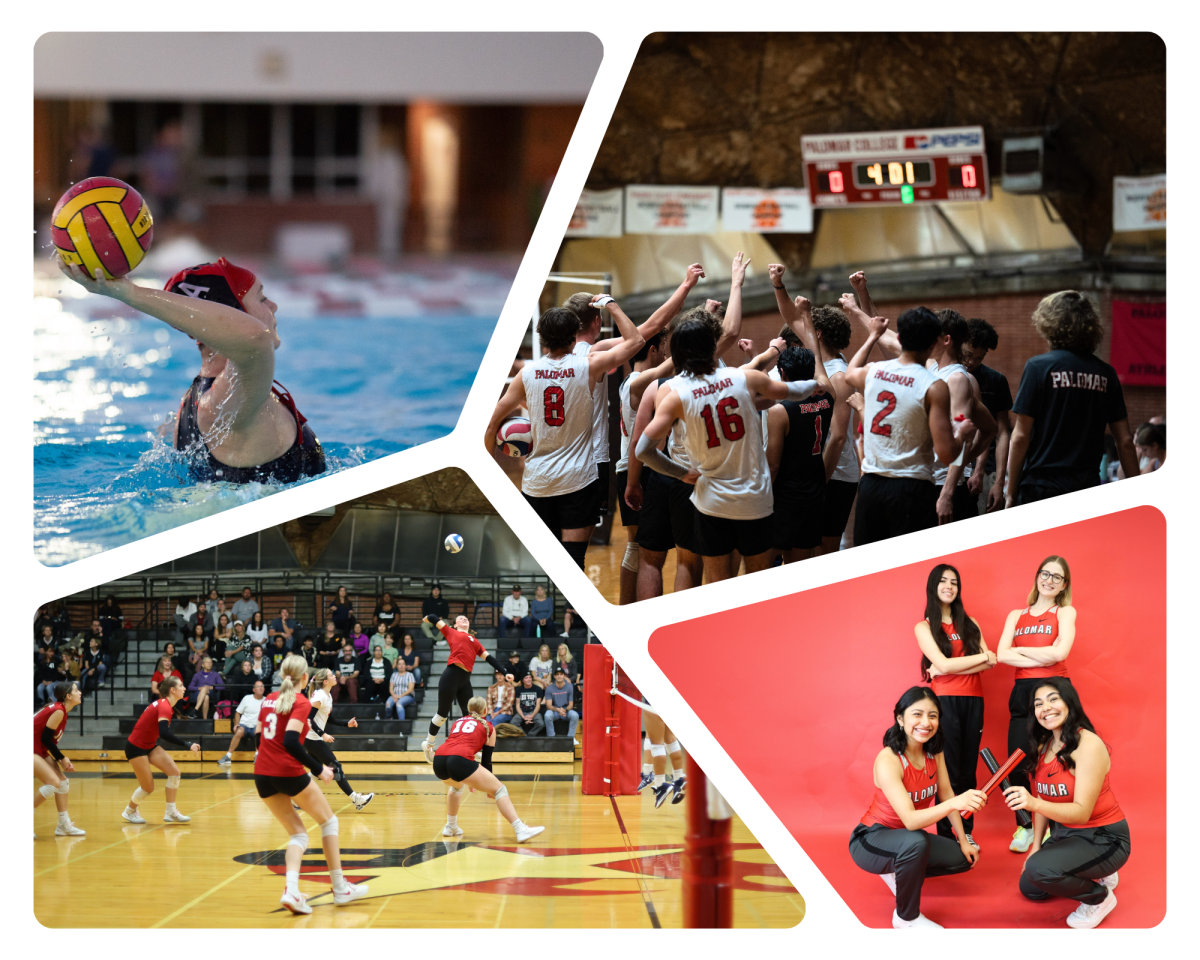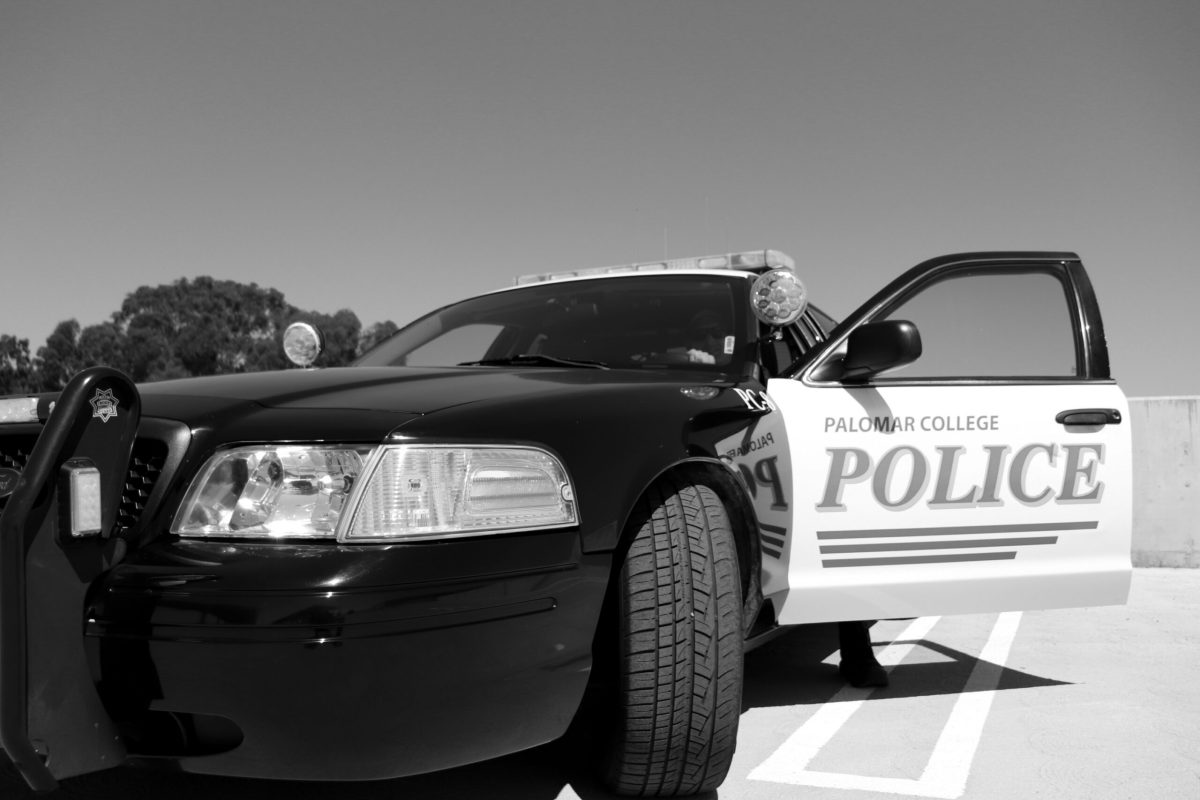The COVID-19 pandemic tried to kill campus life at Palomar but student government and officials are slowly bringing life back. Since the pandemic, things haven’t quite been the same around the San Marcos campus, in regards to socialization and recovery. While the campus may seem a little quiet at some points throughout the day, it is also quite lively at other times; booths are set up around campus on some days, and groups of people socializing can be seen all around campus. So why is it that many students say the campus feels “dead”?
“The campus just feels a bit…dead, like something is lacking around,” one student said, who didn’t give their name, told Impact Magazine. “It’s felt that way since COVID though, to be honest.”
It wasn’t just Palomar that was hurting with the lack of student participation during and post-COVID; this happened to schools nationwide.
According to the National Survey of Student Engagement (NSSE), in 2021 65% of college freshmen took most of their courses online. This number has been on the rise since that year, and it is now at around 14%, with students slowly returning to campus. This is promising for Palomar and schools across the nation, as we look towards COVID recovery among students; we are also able to look towards an even greater shift than the one we have seen in online classes this year.
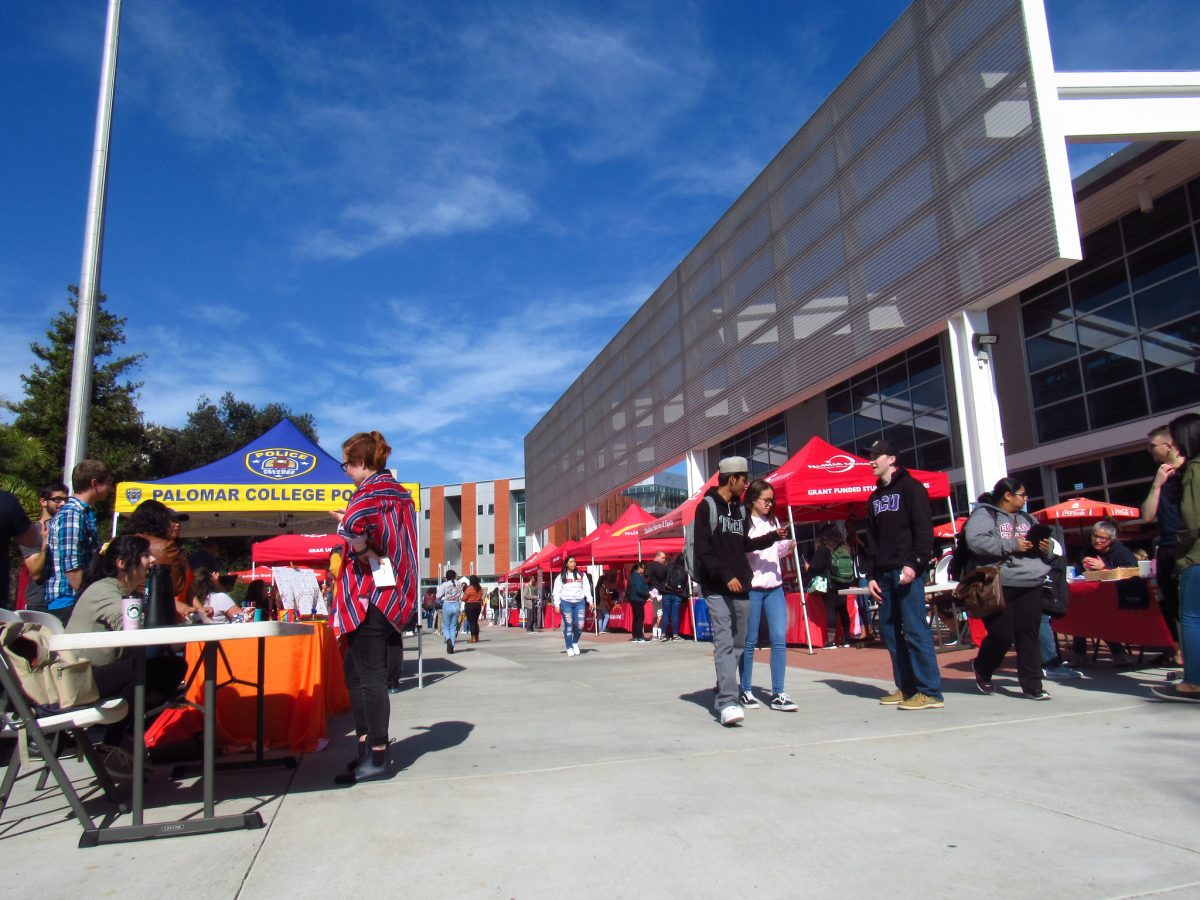
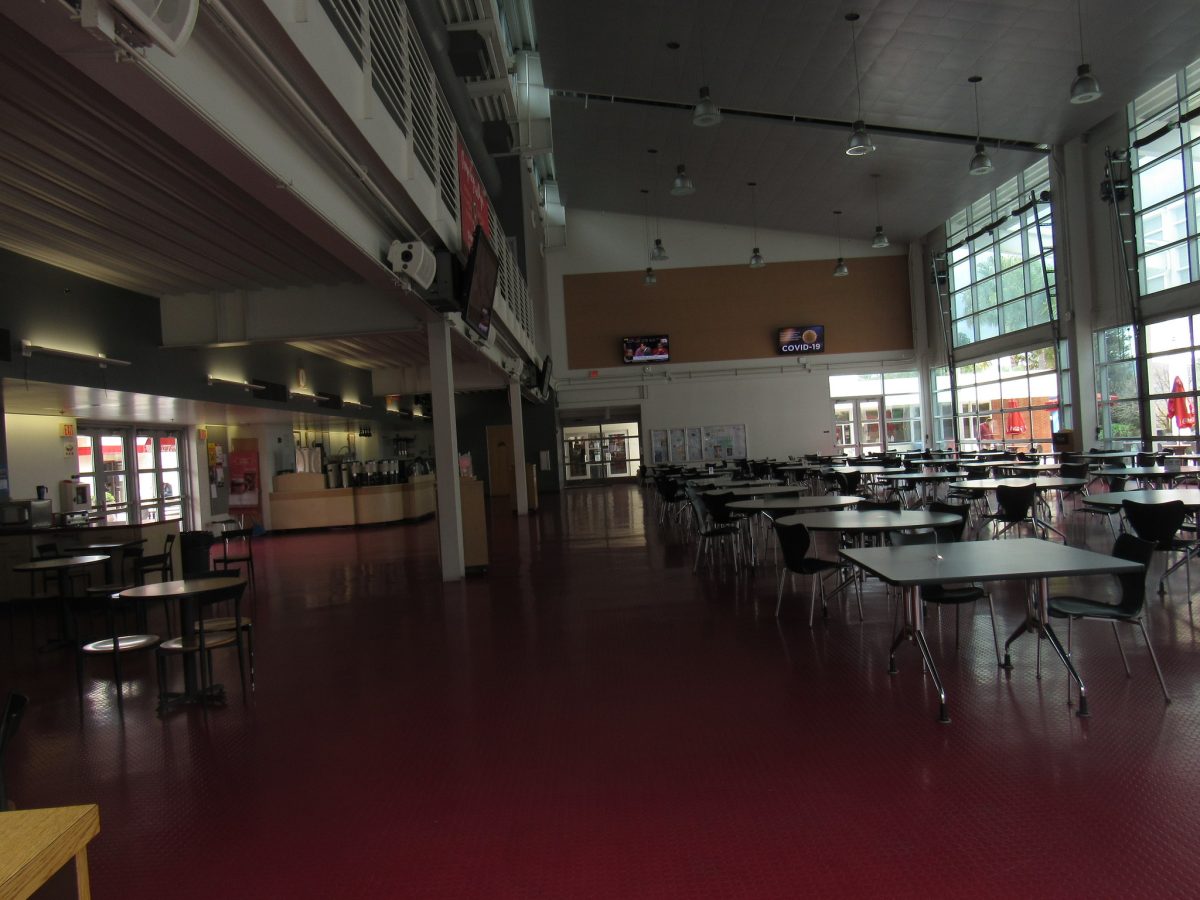
According to this same NSSE survey, there was a 17% loss in students attending campus activities and events in 2021. This accounts for sports games, performing arts events, club events, etc. Events at Palomar have already picked back up, and with plenty of ways to get involved around the campus, with sports games, club events, speaker sessions, and more, students have an easier time finding a way to rebuild and reignite that campus spark.
IMPACT Magazine caught up with the Student Life & Leadership Office at Palomar to discuss the question at hand and how students can participate more around campus. Student Life and Leadership Director Sherry Titus described how badly it hurt the campus. However, it didn’t stop business as usual for the office.
“We were still on site for the majority of the COVID years trying to ensure students had the resources they needed,” Titus said. “We had to provide services and resources in new ways to meet the needs of our students.”
The office provides services to students, such as student activity cards, employment opportunities, clubs, ASG, and more. This office is essential to all students around Palomar and is committed to the participation of students around campus, providing opportunities for students to get out, go to events and socialize, and aid them in everyday needs.
“I believe we have many dedicated students engaging in opportunities to participate and share their student voices. Club activities are improving.” Titus added.
She said that ASG returned from advocacy conferences in Washington D.C. and Long Beach as well as a slew of other events. “Students are slowly returning to school from the pandemic years and we are well on our way to increasing student engagement and student energy around campus,” she said.
This increase in student activity around campus in 2023 means that students can collaborate more effectively and helps freshmen succeed in what can be a scary experience for some. According to the NSSE survey results over the past four years, freshmen who “prepared for exams by discussing or working through course material with other students,” saw rates as low as 31% in 2021.

While this rate is already back up to 40% in 2022, in 2020, these rates were at a significant 49%. With freshmen finding it rougher to succeed during these past couple of years because of a lack of campus involvement, rising numbers are only a green light to make college a bit more inviting than it has been recently. ASG Vice-President of Communication Kimberly De La Cruz highlighted some of the issues with Palomar’s student interaction and how we can repair this as students. “Not benefiting unless you’re on campus full time taking classes, but if you’re not in person for your classes, you won’t get the same responses from students,” she said. “Some students just don’t want to come to campus.”
De La Cruz made it apparent that the students who may only have one class in person instead of a complete three to four find it much more difficult to participate on campus and have a more challenging time finding out about events. “Teachers are often too busy with their things to let the students online know about on-campus events, and some of those students online don’t care about coming to events,” she explained. “They would rather just get their work done online and not come to campus ever, which is fine.”
De La Cruz also stressed the importance of clubs and how the current ASG has been changing around policies that past ASG leaders left behind to make it easier to form a club and get support from the school. She said that people are often scared to create or join clubs when they shouldn’t be. While it’s hard to get much change done right now because of commencement, the fall semester is when ASG will look to implement changes to make the process easier for students to participate.
Amaris Gonzalez, the Student Activities Coordinator at Palomar College, addressed where the lack of student involvement came from. “I think there are a lot of different factors that are associated with the lack of student involvement. One evident area has been returning from COVID-19 and how the pandemic shifted our campus culture,” she said. “While we do have many students engaged, most of the student body is disconnected from campus life. Other factors include the preference of remote/virtual learning and our non-traditional student population. While we try to provide as many involvement opportunities as possible, there are ways our area can also enhance efforts.”
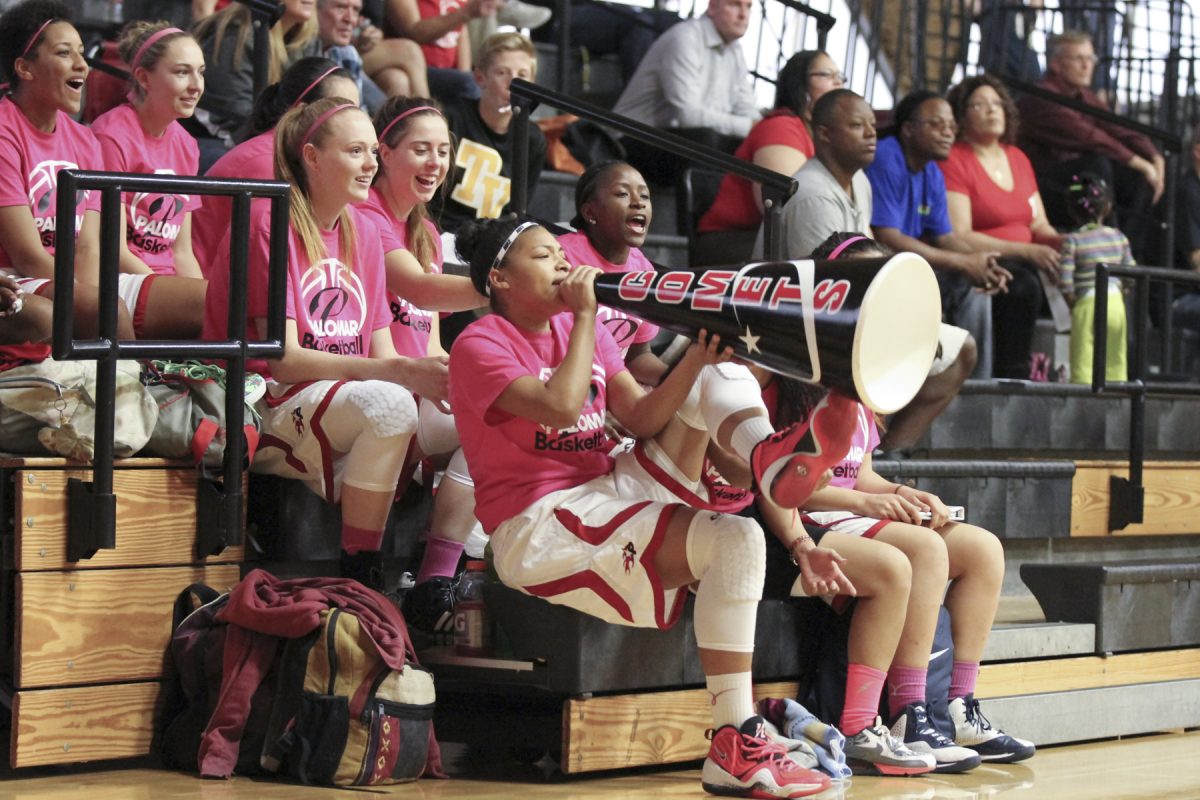
We often blame COVID for the lack of campus life and student participation. Students now prefer online classes over in-person classes more post-COVID. And as we shift further into a more online experience, this issue may not get an easy solution. While NSSE says that fewer students are taking online classes than during the pandemic, we are seeing more students be fully online than ever nationwide.
Gonzalez added how she can help improve student life. “One thing I have been focusing on is connecting with our students and identifying ways to improve student life,” she said. “Many students desire to be involved but sometimes don’t have the time, capacity, or push to do so. Also, seeking ways the institution can continue to grow and a resource plan that will provide more support to individual departments to expand efforts.”
Gonzalez is hopeful for the future and is trying to push Palomar in the right direction with her plan, but she won’t be able to do it alone. These thoughts of students being unable to commit enough time to come to events outside of the time they already spend in their personal lives seemed to be another recurring theme. Community college life is busy, as we don’t have on-campus housing like a four-year does or constant activities with a vast campus. Community college is often described as one for students “who are too busy for a real four-year college.”
The Public Policy Institute of California reported that California community colleges enroll more than 2 million students each year. “While most of these students intend to eventually earn a bachelor’s degree, fewer than a third of transfer-intending students transfer to a four-year college after six years,” it stated.
“Honestly, stepping out of my ASG role and responding as a student, it’s a mental toll to learn how to balance school post-pandemic,” De La Cruz said. “It can be tough for professors as well since some classes aren’t structured the same as they were previously. It can be very tough to find time to attend events with everything going on in students’ lives, and it can be very stressful to attempt to make more time than we have.”

Getting a student’s point of view on an issue like this is essential, as students are the prominent people affected by the issue at hand. The change must start with the students who have the time to commit to being more involved, joining or forming a club, attending public ASG meetings to see what’s going on around campus, and bringing up issues that we see as a community at Palomar College.
Check the Palomar College social media platforms. These include the ASG Instagram (@palomarcollege.asg) and the Palomar Instagram (@palomarcollege). You can find out about events on the school website and direct calendar.
Students with the time must be involved around campus and help to fully make the shift back from COVID. As we all adjust to post-pandemic life, it’s important to remember that we as students are not alone. Look for a club that interests you, or better yet, start a new one! •

